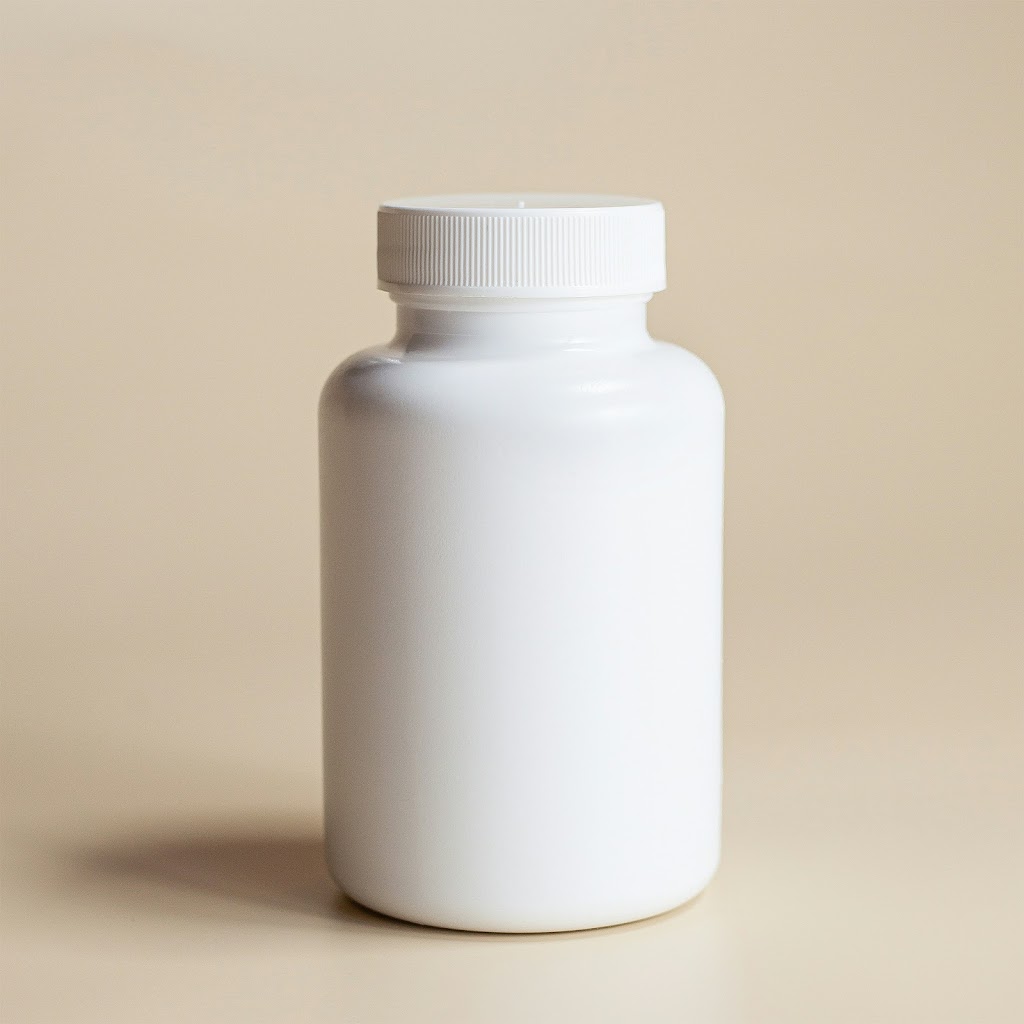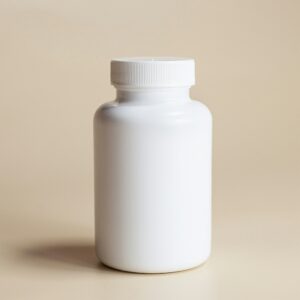As
usual, there is a wide range of studies on this subject. The experimental
designs are different, the subjects’ backgrounds vary, the dosage and timing
change, just to name a few. However, in this post I will try to summarize and
generalize the recommended dosage amounts for essential amino acids (EAA) taken
as a supplement. So, there are nine of these: histidine, isoleucine, leucine,
lysine, methionine, phenylalanine, threonine, tryptophan and valine. The
necessity of all these has been known for about 100 years (Bradford &;
Schmidt, 1931).
In
young adults of normal weight, negative energy deficit usually causes loss of
muscle mass, i.e. catabolism (Murphy et al. 2018, Friedl et al. 1994), but e.g.
Volpi et al. (1998) have shown that ingestion of EAA could reduce muscle
catabolism. As a mechanism of action, it
has been suggested that during energy deficiency it would improve muscle
protein synthesis, i.e. protein building (Carbone et al., 2019). So what amount
would be enough? Or what is too much? I try my best to consider these questions based on
research.
A
15 g dose of mixed EAA, either as a single dose or divided into four every 45
minutes, was administered by Mitchell et al. (2015) as an object of study. In
this study, maximizing muscle protein synthesis was not achieved at this dose.
Negro et al. A 2019 study shows that in healthy elderly subjects, an EAA-based
12-week dietary supplement would not be effective in at least improving muscle
fatigue, but could nevertheless have a positive effect on muscle mass and
strength. In the study, the mixture contained more than just EAA. It included
creatine, vitamin D and alpha lipoic acid (ALA) and coenzyme Q10. The test
subjects took the supplement twice a day. A single dose contained 5000 mg EAA
(L-leucine 1400 mg, L-phenylalanine 600 mg, mg L-lysine, 700 mg, L-isoleucine
670 mg, L-valine 700 mg, L-threonine 450 mg, L-methionine 290 mg and
L-tryptophan 190 mg), creatine (creatine citrate) 1500 mg, vitamin D 1000 UI,
ALA 300 mg, CoQ10 50 mg and Resveratrol 50 mg. What, then, was EAA’s role in
the study results, and what were these other ingredients? It is unlikely that
this study will allow direct conclusions to be drawn on the EAA alone. Much
researched and perhaps the most well-known of these is creatine, so later I
will write more about the lesser-known ALA and its possible effects on muscle
growth, strength, training and recovery.
Negro
et al. However, based on the literature review (2024), clear indicative dosages
are seen for different patient groups. According to them, 15-20 g, or 0.15-0.6
g/kg body weight, of EAA once or more per day for one week before and for
several weeks after surgery could be recommended for postoperative
rehabilitation. The purpose here would be to prevent the deterioration of
muscle function caused by bed rest. For cancer patients, their recommendation
was 8-14 g per day, or 0.13-0.17 g per kilogram of body weight, for eight
weeks. For ICU patients, the recommendation would be at least 1.2 g of protein
per kilogram of body weight per day (20% BCA).
Park
et al. et al. (2020) state that EAA combined with whey protein is highly
anabolic compared to whey protein alone with a dose-dependent response. In this
study, the EAA increase was either 6.3 g or 12.6 g. The whey protein supplement
contained a total of 12.6 g of protein. Ferrandon et al. et al. (2023) also
commented on the differences between whey protein and EAA in their review. In
terms of dosage, the review highlighted the realisation of muscle protein
synthesis at relatively low doses (1.5–3.0 g). It would seem to be reaching the
so-called “Cold War”. plateau, i.e. the plateau at approximately
15-18 g. They also pointed out that consuming free-form EAA stimulates
synthesis more than an equivalent amount of protein alone. In the review, one
can also find the conclusion that during a calorie deficit it would be
necessary to meet the EAA requirements of the whole body in order to maintain
the anabolic sensitivity of skeletal muscle. In other words, when calories are
less than necessary, it would be beneficial to use EAA supplements to safeguard
amino acids. Likewise, Wilkinson et al. et al. (2018) investigated the effects
of leucine-enriched EAA supplements (1.5 g or 6 g) and compared them to
ingestion of a 40 g whey protein supplement. The study was conducted on older
women. In summary, the study concluded that the role of leucine had been found
to be more important than the amount of EAA. Gwin et al. et al. (2021) compared
the effects of EAA amounts in subjects during resistance training during energy
deficiency. The amounts were either 0.1 g/kg body weight or 0.3 g/kg body
weight EAA. Whole-body protein levels were higher at higher doses, but there
appeared to be no differences in protein synthesis in this study.
Negro
et al. In their study, et al. (2018) used an EAA mixture at a dose of 0.15 g/kg
body weight in conjunction with resistance training. Their findings suggested
that this could prevent loss of power generation capacity and facilitate
recovery. Witard et al. In turn, et al. (2014) showed with their research that
20 g of whey protein containing 10 g EAA would promote muscle protein
synthesis. Katsanos et al. have also reached similar results. (2005), Tipton et
al. (1999) and Moore et al. (2009). It has been generally determined that
0.25-0.30 g/kg body weight protein (i.e. 0.10-0.14 g EAA/kg body weight) would
stimulate synthesis most effectively.
As
can be seen, it is not possible to draw general conclusions from many studies,
but some guidelines can nevertheless be observed. In my opinion, it is always
advisable to relate the amounts per kilogram of body weight, although with
common sense it is necessary to maintain muscle protein synthesis with a large
muscle mass, for example. After surgery, one could well require more amino
acids compared to a person with very modest muscle mass. On the other hand,
weight should also take into account the amount of fat and muscle, i.e. the
quality of live weight.
In
summary, EAA amounts of 0.1 g/kg- 0.6 g/kg were used in the studies. On the
other hand, standardised amounts varied between 1.5 g and 18 g. Results had
been obtained with amounts of 0.1 g/kg, but on the other hand, no benefit was
observed at doses above 15-18 g. It is justifiable that a person with a lower
muscle mass could benefit from a dose of 0.1 g/kg, whereas a person with a more
robust build would benefit from a different dose. In this case, for example, a
female weighing 50 kg would probably benefit from a dose of 5 g, while a man
weighing 100 kg could consume 10-15 g EAA per day, taking into account the
stabilization of 18 g in the results.
However,
dietary proteins also contain essential amino acids well, so as the name
implies, food supplements are only a possible addition to nutrition, and their
exclusive effect cannot be relied upon in one’s nutrition. Good sources of EAA
include dairy products, quinoa, soy products, legumes combined with other
sources of protein, meat, fish, seafood and eggs.
Photo by Supliful – Supplements On Demand on Unsplash
References:
Bradford H & Schmidt V (1931): The history of the
discovery of the amino acids Murphy NE, Carrigan CT, Philip Karl J, Pasiakos
SM, Margolis LM. (2018): Threshold of energy deficit and lower-body performance
declines in military personnel: a meta-regression
Carbone
JW, McClung JP, Pasiakos SM. (2019): Recent advances in the characterization of
skeletal muscle and whole-body protein responses to dietary protein and exercise
during negative energy balance.
Murphy NE,
Carrigan CT, Karl JP, Pasiakos SM & Margolis LM (2018): Threshold of Energy
Deficit and Lower-Body Performance Declines in Military Personnel: A
Meta-Regression
Ferrando AA,
Wolfe RR, Hirsch KR, Churcha DD, Kviatkovsky SA, Robertsc MD, Stout JR ,
Gonzalez DE, Sowinskie RJ, Kreider RB, Kerksick CM, Burdg NA, Pasiakosh SM, Ormsbee
MJ, Arent SM, Arcieroj PJ, Campbell BI, VanDusseldorp TA, Jagero R, Willoughbyp
DS, Kalman DS & Antonio J (2023): International Society of Sports Nutrition
Position Stand: Effects of essential amino acid supplementation on exercise and
performance
Friedl KE, Moore RJ, Martinez-Lopez LE, Vogel JA,
Askew EW, Marchitelli LJ, Hoyt RW, & Gordon CC (1994): Lower limit of body
fat in healthy active men
Gwin JA,
Church DD, Hatch-McChesney A, Howard EE, Carrigan CT, Murphy NE, Wilson MA, Margolis
LM, Carbone JW, Wolfe RR, Ferrando AA & Pasiakos SM (2021): Effects of high
versus standard essential amino acid intakes on whole-body protein turnover and
mixed muscle protein synthesis during energy deficit: A randomized, crossover
study
Katsanos CS,
Kobayashi H, Sheffield-Moore M, Aarsland A & Wolfe RR (2005): Aging is
associated with diminished accretion of muscle proteins after the ingestion of
a small bolus of essential amino acids
Miller SL,
Tripton KD, Chinkes DL, Wolf SE & Wolfe RR (2003): Independent and Combined
Effects of Amino Acids and Glucose after Resistance Exercise
Mitchell WK,
Phillips BE, Williams JP, Rankin D, Lund JN, Smith K & Atherton PJ (2015):
A Dose- rather than Delivery Profile–Dependent Mechanism Regulates the
“Muscle-Full” Effect in Response to Oral Essential Amino Acid Intake in Young
Men
Moore DR, Robinson
MJ, Fry JL, Tang JE, Glover EI, Wilkinson SB, Prior T, Tarnopolsky MA & Phillips
SM (2009): Ingested protein dose response of muscle and albumin protein synthesis
after resistance exercise in young men
Negro M, Crisafulli
O & D’Antona G (2024): Effects of essential amino acid (EAA) and
glutamine supplementation on skeletal muscle wasting in acute, subacute, and
postacute conditions
Negro M, Perna S, Spadaccini D, Castelli L, Calanni L, Barbero
M, Cescon C, Rondanelli M & D’Antona G (2019): Effects of 12 Weeks of
Essential Amino Acids (EAA)-Based Multi-Ingredient Nutritional Supplementation
on Muscle Mass, Muscle Strength, Muscle Power and Fatigue in Healthy Elderly
Subjects: A Randomized Controlled Double-Blind Study
Negro M, Segreto
V, Barbero M, Cescon C, Castelli L, Calanni L & D’Antona G (2018):
Essential Amino Acids (EAA) Mixture Supplementation: Effects of an Acute
Administration Protocol on Myoelectric Manifestations of Fatigue in the Biceps
Brachii After Resistance Exercise
Park S,
Church DD, Azhar G, Schutzler SE,. Ferrando AA & Wolfe RR (2020): Anabolic
response to essential amino acidplus whey protein composition is greaterthan
whey protein alone in young healthyadults
Tipton KD,
Gurkin BE, Matin S & Wolfe RR (1999): Nonessential amino acids are not
necessary to stimulate net muscle protein synthesis in healthy volunteers
Volpi E,
Ferrando AA, Yeckel CW, Tipton KD, Wolfe RR. (1998): Exogenous
amino acids stimulate net muscle protein synthesis in the elderly
Wilkinson DJ,
Bukhari SSI, Phillips BE, Limb MC, Cegielski J, Brook MS, Rankin D, Mitchell WK,
Kobayashi H, Williams JP, Lund J, Greenhaff PL, Smith K, Atherton PJ (2018):
Effects of leucine-enriched essential amino acid and whey protein bolus dosing
upon skeletal muscle protein synthesis at rest and after exercise in older
women
Witard OC,
Jackman SR, Breen L, Smith K, Selby A & Tipton KD (2014): Myofibrillar
muscle protein synthesis rates subsequent to a meal in response to increasing
doses of whey protein at rest and after resistance exercise


What specific essential amino acid combinations and multi-ingredient nutritional supplements were tested in this 12-week randomized controlled study to improve muscle mass, strength, and power in healthy elderly subjects?
Visit us S2 Akuntansi
Good question, thank you! I assume you mean this study: https://pubmed.ncbi.nlm.nih.gov/31021358/. They used supplement powder, which did contain EAA 5000 mg (L-Leucine 1400 mgm L-Phenylalanine 600 mg, L-Lysine 700 mg, L-Isoleucine 670 mg, L-Valine 700 mg, L-Threonine 450 mg, L-Methionine 290 mg, L-Tryptophan 190 mg) creatine 1500 mg, vitamin D 1000 IU and ALA (alpha lipoic acid) 300 mg, CoQ10 50 mg and resveratrol 50 mg. The lattest mentioned itself has also interesting results in some cases. Thank you for your excellent question 🙂